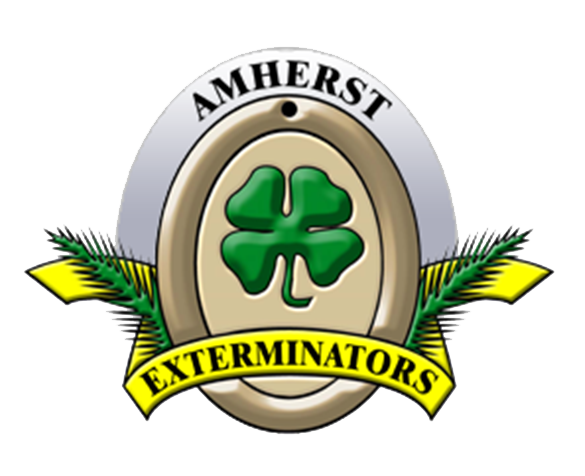1. Bees – Wasps – Hornets
Before Treatment:
Be prepared to show the technician all problem areas. Make sure that problem areas are cleared of clutter so that the area can be treated properly. Everyone must be inside during applications as the technician will be suited up in a protective suit and may need to physically remove the colony or just treat it directly. Do not use any over the counter or organic pest control products prior to or after our service; doing so may prevent our chemicals from working properly.
Bees are beneficial creatures. We cannot do anything about bees that are simply flying around, pollinating and mating…this is nature. A bee population that has made a nest and is a danger to an area or structure will need to be directly treated at the source. This is done either with a dust formulation directly to the nest or with a liquid knock down chemical that will destroy the population. If the nest is a Yellow Jacket, Carpenter Bee, Wasp, Ground Nest or European Hornet, caution must be made in and around the nesting site as this type of sting can be life threatening.
Interior Issues:
Chemical applications can only be done on the exterior. If inside activity is seen then you will need to see if any temporary exclusion is needed so bees don’t continue to come inside after a treatment. This should be done by temporarily taping around window molding and light fixtures prior to the treatment. If a visible nest is in the home it can be removed by our technician.
After Treatments:
There may be thousands of bees in a colony and hundreds of them may be out of the nest at one time. It is common to see some bee activity for a few hours or even days after the initial application. You must be patient and allow the bees to contact the chemical. Trash cans should have lids secured tightly and bushes may need to be trimmed back from the house. We cannot do any re-treatments for at least 7 days.
We do not do any treatments for Honey Bees. We will refer you to call a beekeeper for removal.


